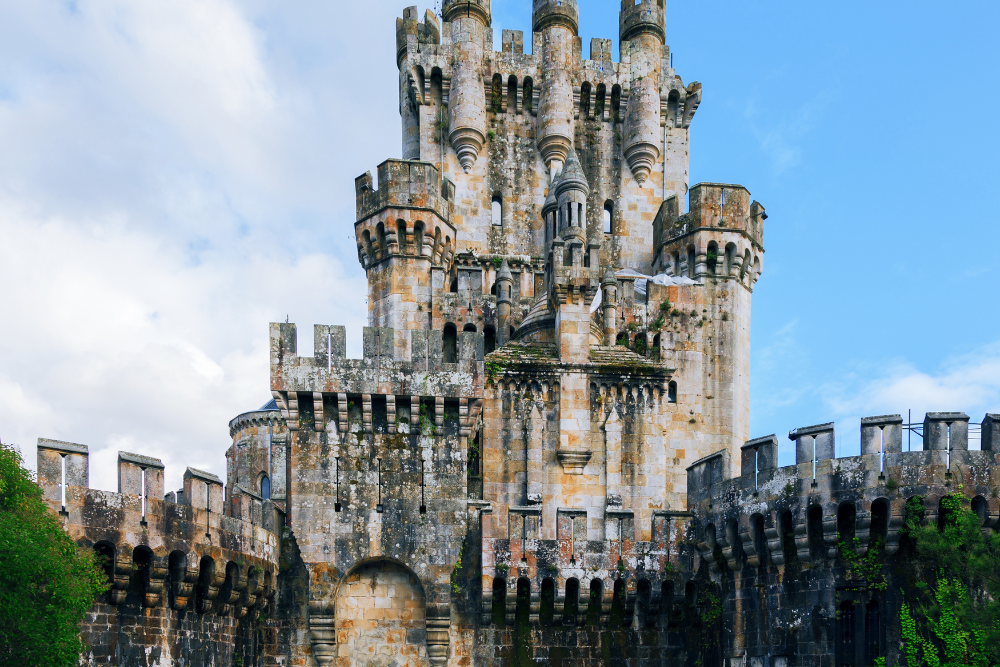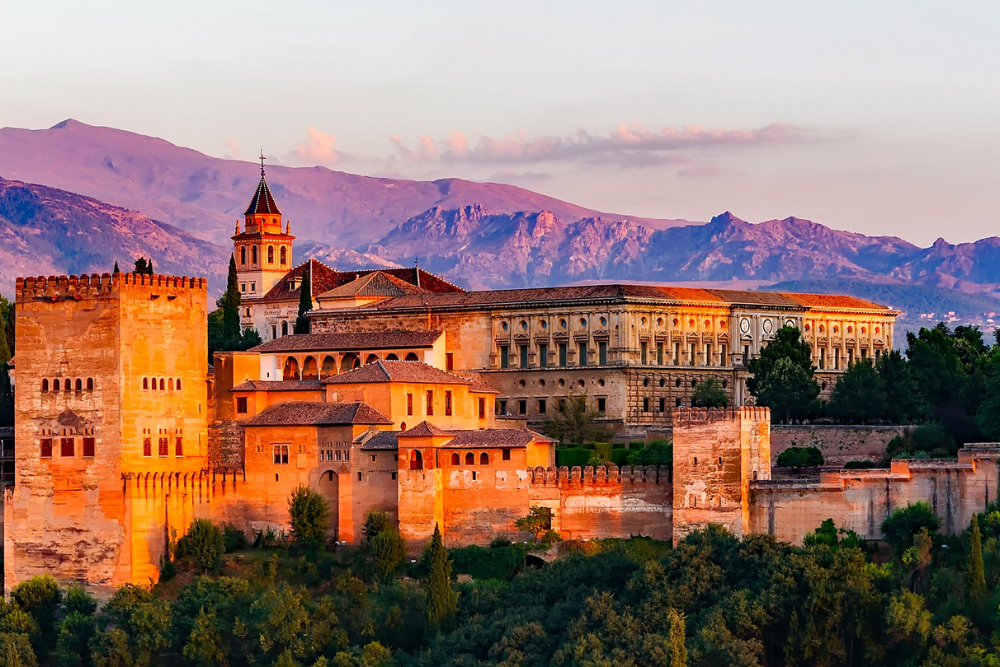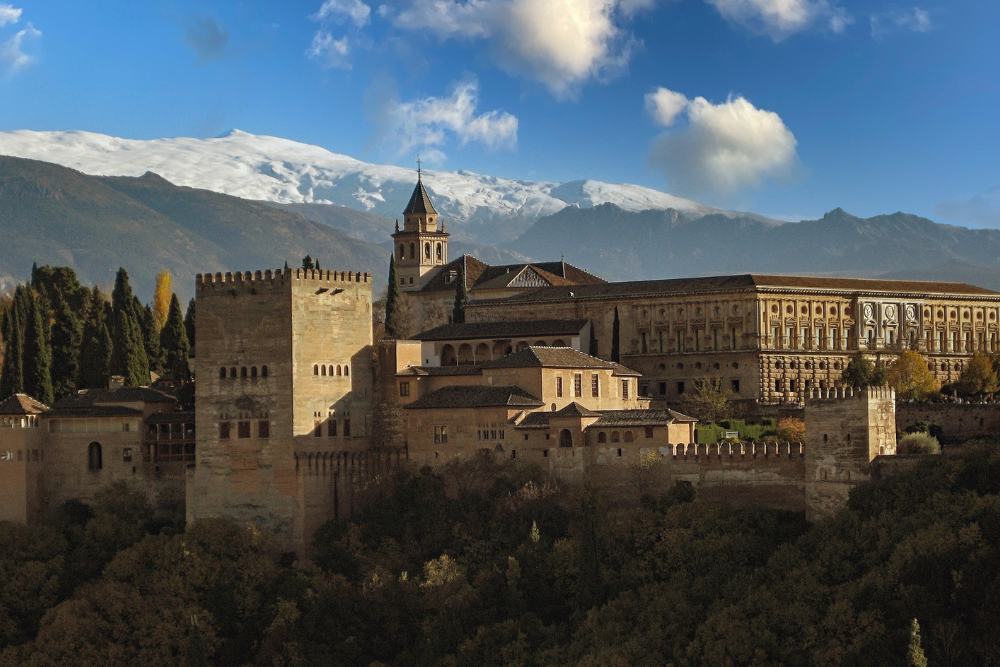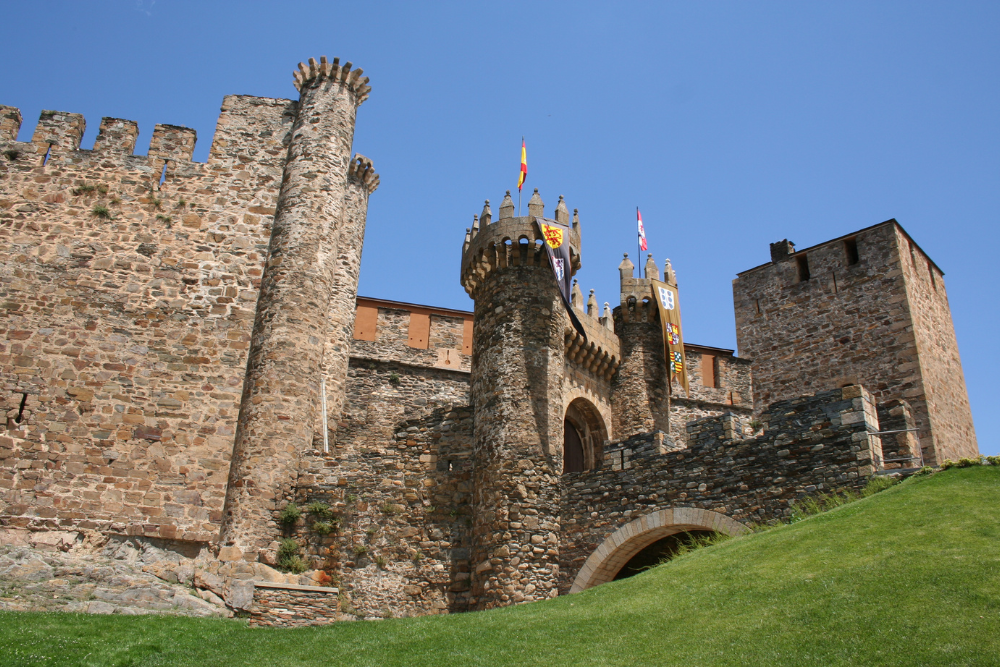Spain’s castles are more than just architectural marvels; they are tangible symbols of the country’s complex history, blending periods of conquest, warfare, and royal power. From the rocky cliffs of the Iberian Peninsula to the plains of Castilla, these castles stand as silent witnesses to Spain’s turbulent past and its evolution from a collection of kingdoms into a unified nation. Here’s an exploration of the history and significance of Spain’s most iconic castles.
1. A Glimpse into Spain’s Medieval History

Spain’s castles trace their roots back to the early Middle Ages, a period marked by the Reconquista—an era of nearly 800 years in which Christian kingdoms fought to reclaim the Iberian Peninsula from Muslim rule. As the Christian kingdoms expanded, they built castles to defend their territories, assert power, and protect strategic routes.
The Alcázar of Segovia, one of Spain’s most famous castles, is a prime example of the era’s military architecture. With its steep towers and intricate design, it illustrates the blend of Christian, Islamic, and Jewish influences that shaped Spain during this time.
During the Reconquista, castles were often strategically located on high ground or at key crossroads to ensure they could withstand siege warfare and offer protection for the surrounding towns.
2. The Influence of Moorish and Christian Architecture

Spain’s castles reflect the country’s diverse cultural influences. The Moors, who ruled much of Spain for nearly 800 years, left an indelible mark on Spanish architecture, particularly in the design of fortresses. Castles like the Alhambra in Granada feature the delicate ornamentation and advanced hydraulic systems of Islamic architecture.
On the other hand, Christian castles, such as the Castillo de Belmonte in Castilla-La Mancha, often showcase a more austere, military design, focusing on defense rather than decoration. The blending of these styles over centuries led to the creation of unique, hybrid forms that have become symbols of Spain’s diverse history.
3. Royal Residences and Symbols of Power

As Spain’s kingdoms consolidated into a unified nation, castles also evolved into symbols of royal power and prestige. The Alcázar of Toledo, once a royal residence, stands as a testament to Spain’s monarchical history, with its imposing structure and grand halls reflecting the might of the Spanish crown.
Royal castles often became centers of government and courtly life, where kings and queens would host diplomatic meetings and royal banquets. The Palacio Real de Madrid (Royal Palace of Madrid), though not technically a castle, was designed with many of the same features, showcasing the lavish wealth and authority of the Spanish monarchy.
4. Castles in the Age of Exploration

The Age of Exploration and Spain’s imperial expansion brought with it new demands for defense and control. Castles were not only symbols of royal authority but also practical military structures designed to protect Spain’s burgeoning empire.
Castillo de Santa Catalina in Cádiz is one example of a fortress built to guard against foreign naval attacks, particularly from England and France, during Spain’s rise as a colonial power. These coastal castles were integral to Spain’s naval dominance, as they protected the vital sea routes that carried treasure from the Americas.
5. The Decline of Castles and Their Cultural Legacy

By the 18th century, Spain’s castles began to lose their military significance with the advent of modern warfare and artillery. Many were abandoned, repurposed, or transformed into administrative buildings, prisons, or museums.
Despite their decline, castles have remained central to Spain’s cultural identity. Today, they stand as historical monuments, attracting visitors from around the world who come to admire their architectural beauty and learn about the country’s fascinating history. The Castillo de Loarre in Aragón, for example, is one of the best-preserved Romanesque castles in Spain and offers insight into medieval life in the kingdom of Aragón.
Conclusion
Spain’s castles are more than just stunning architectural feats; they are powerful symbols of the country’s dynamic and multifaceted history. From the strategic fortresses of the Reconquista to the grand royal residences of the Spanish Empire, these castles embody the rich cultural tapestry that defines Spain. Whether for their military prowess, royal grandeur, or cultural symbolism, Spain’s castles continue to captivate and inspire all who visit them.











